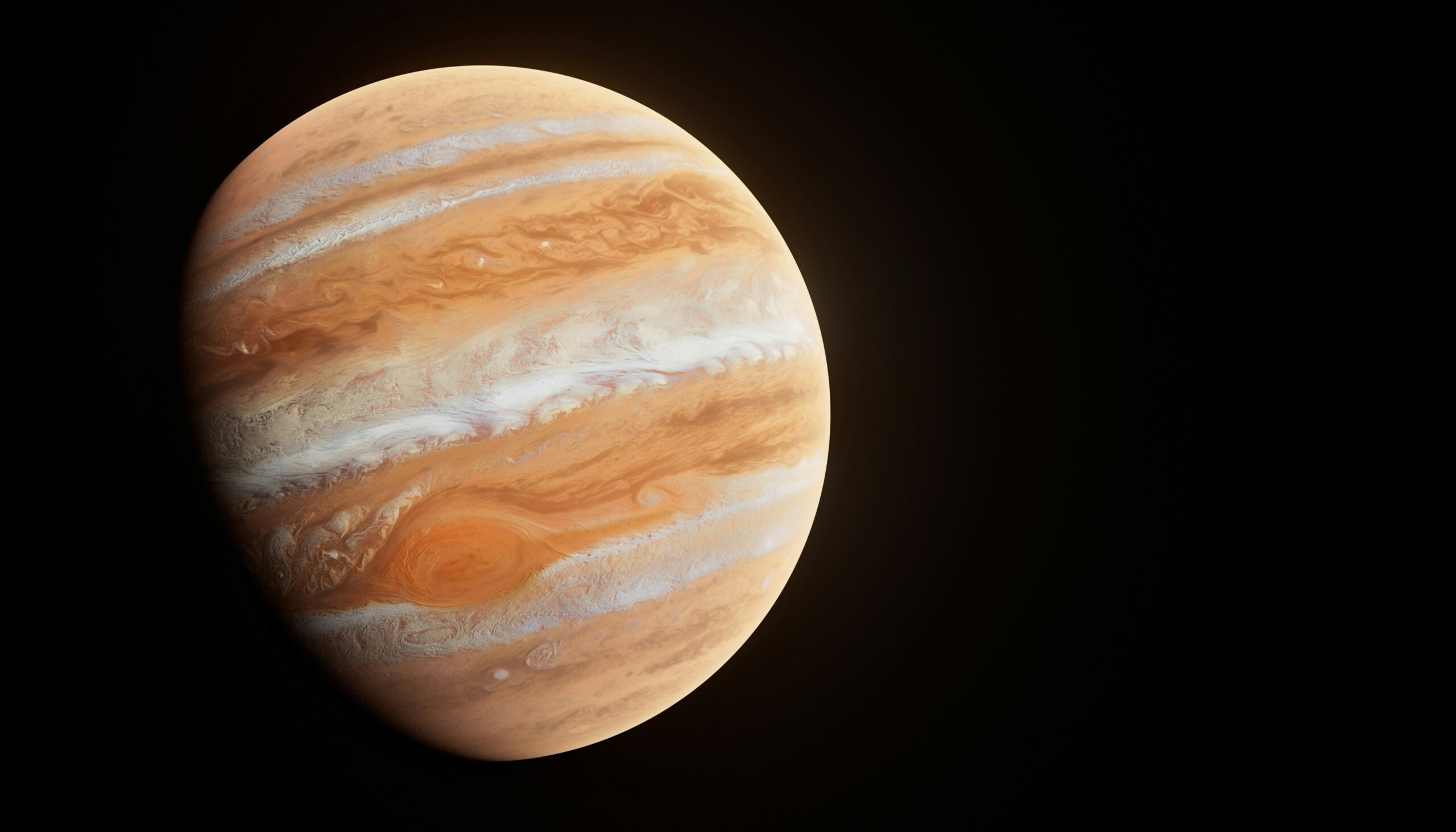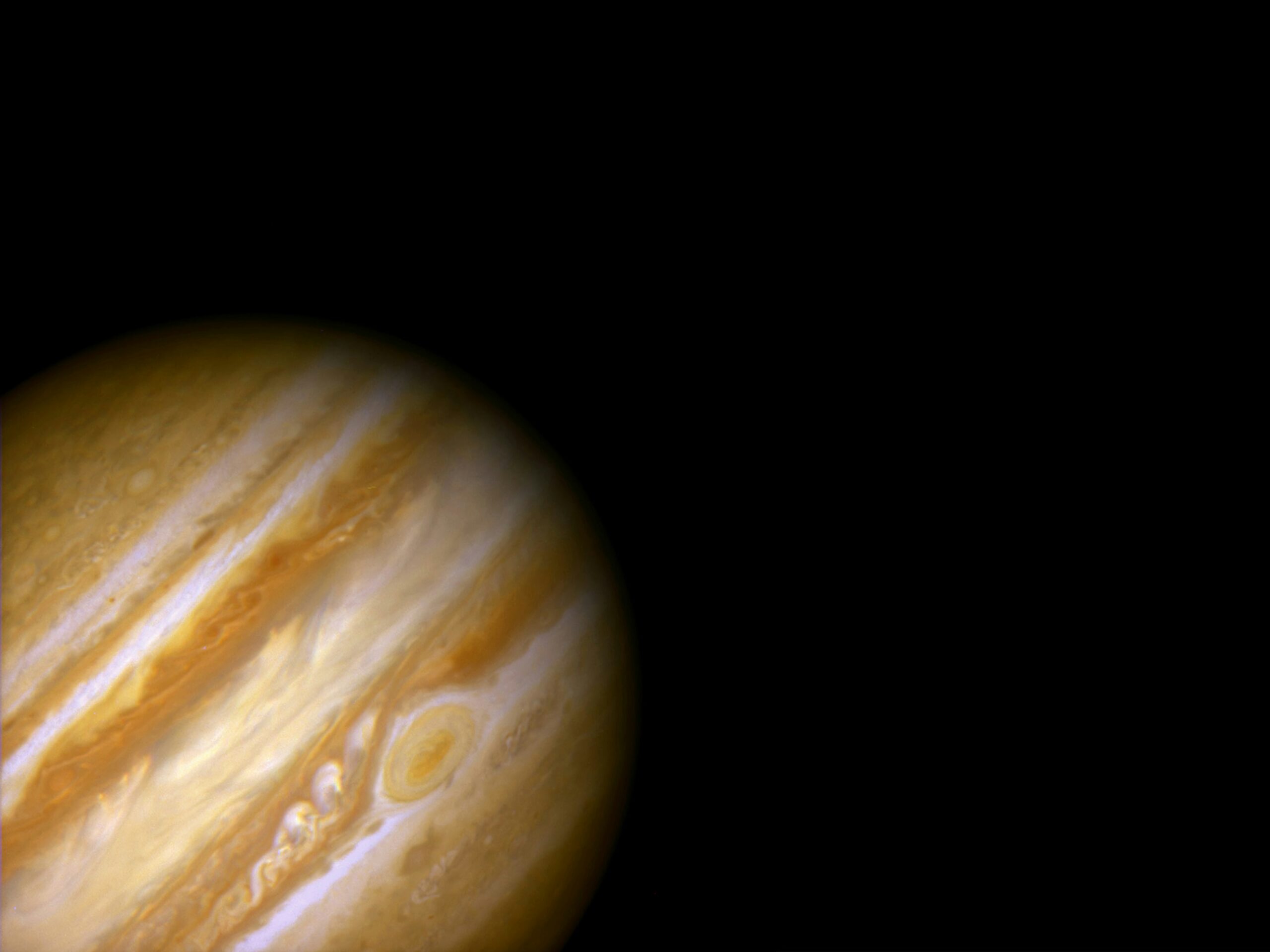The largest planet in our solar system, Jupiter, has captivated astronomers and scientists for centuries. Its immense size and unique features make it a fascinating subject of study. Let’s delve into some of the reasons why Jupiter is considered a giant among its neighbors.
Astronomical Proportions
Jupiter is the largest planet in our solar system, with a diameter of about 86,881 miles (139,820 kilometers). To put it into perspective, this is more than 11 times the diameter of Earth. Its mass is approximately 2.5 times that of all the other planets combined. Its sheer size and mass contribute to its gravitational pull, making it a dominant force in our solar system.
Distinctive Features
One of the most prominent features of Jupiter is its Great Red Spot, a massive storm that has been raging for centuries. This storm is so large that it could engulf two Earths. Jupiter is also known for its numerous moons, with the four largest ones called the Galilean moons: Io, Europa, Ganymede, and Callisto. These moons have their own unique characteristics and provide valuable insights into the dynamics of Jupiter’s system.
Scientific Significance
Studying Jupiter helps scientists understand the formation and evolution of our solar system. Its composition, predominantly made up of hydrogen and helium, resembles that of the early solar nebula. By studying Jupiter and its interactions with its moons and other celestial bodies, scientists gain insights into the processes that shaped our solar system billions of years ago.
Additionally, Jupiter’s powerful magnetic field and intense radiation belts offer a glimpse into the physics of magnetospheres, which are present in other celestial bodies as well. Understanding Jupiter’s magnetosphere can help scientists comprehend similar phenomena observed in other planets and even exoplanets.
Exploration and Future Missions
Over the years, various spacecraft have been sent to study Jupiter up close. The most notable mission is NASA’s Juno spacecraft, which has been orbiting Jupiter since 2016. Juno has provided unprecedented insights into the planet’s atmosphere, magnetic field, and internal structure. Future missions, such as the European Space Agency’s JUICE mission, are planned to further explore Jupiter and its moons.
In conclusion, Jupiter’s colossal size, distinctive features, and scientific significance make it a captivating subject of study. By unraveling its mysteries, scientists gain valuable knowledge about our own solar system and the broader universe.



